Table of Contents
Walk onto almost any public playground, park, or schoolyard, and you'll likely spot them: those colorful, bobbing contraptions that kids seem magnetically drawn to. We're talking about commercial playground equipment spring riders. They look simple enough, just a molded animal or vehicle on a sturdy spring anchored to the ground. Yet, despite the rise of elaborate climbing structures and zip lines, these classic pieces of commercial playground equipment haven't vanished. Why do they stick around? Because they work. They offer immediate, intuitive fun without needing a manual or a safety briefing beyond "hold on tight."
Why Commercial Playground Equipment Spring Riders Remain a Hit
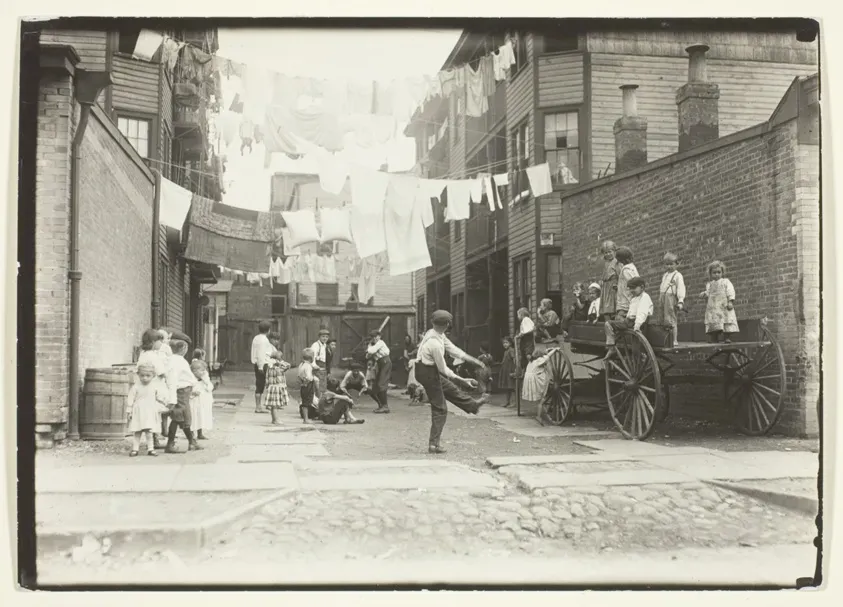
Why Commercial Playground Equipment Spring Riders Remain a Hit
Simple Fun That Just Works
Let's be honest, sometimes the simplest toys are the best ones. While modern playgrounds boast elaborate climbing structures and interactive panels, there's something timeless about commercial playground equipment spring riders. Kids walk up, hop on, and immediately get that satisfying back-and-forth or up-and-down motion. There’s no complex learning curve, no intricate rules – just pure, unadulterated bouncing joy. It's the playground equivalent of a comfort food; familiar, reliable, and always hits the spot.
Think back to your own childhood, maybe you had a favorite spring horse or a wobbly motorcycle. That instant engagement hasn't changed. For park designers and school administrators, this means they get a piece of equipment with guaranteed kid-appeal right out of the gate. No need to explain it; the fun is self-evident the moment a child sees it and decides to give it a whirl.
Boosting Balance and Coordination
Beyond the giggles, commercial playground equipment spring riders offer genuine developmental benefits. That constant effort to stay upright while the base is shifting is a fantastic workout for core strength and balance. Kids learn to adjust their weight, coordinate their movements, and build spatial awareness without even realizing they're doing anything more than having fun. It’s physical literacy in action, disguised as play.
It's not just about staying on; it's about controlling the ride. Pushing off the ground, leaning into a bounce, or trying to make the rider spin slightly all require different muscle groups and fine motor control. This repetitive, self-directed physical activity is crucial for young children's development, contributing to better posture and gross motor skills down the line. They might just think they're riding a cool dolphin, but their bodies are busy learning.
Here are a few core benefits kids gain from riding these simple units:
- Improved balance and stability
- Enhanced core strength
- Better coordination and motor skills
- Increased spatial awareness
- Low-impact physical activity
Built Tough, Lasting Long
From a practical standpoint, commercial playground equipment spring riders are often surprisingly durable workhorses. Manufacturers design these units to withstand constant use, varying weather conditions, and the general enthusiastic abuse only children can inflict. The springs are heavy-duty steel, often coated for rust prevention, and the molded plastic or metal seats are built to resist fading, cracking, and vandalism far better than some more complex structures.
Consider the lifecycle cost. While a massive multi-structure might cost a fortune upfront and require specialized parts for repair, a spring rider is a relatively low initial investment with minimal maintenance needs. Replacing a spring is far less complicated and expensive than fixing a broken slide or a damaged platform. This longevity and lower maintenance burden make them a smart, cost-effective addition to any public play space portfolio, proving that sometimes, the old ways are still the best ways.
Picking the Perfect Commercial Playground Equipment Spring Riders
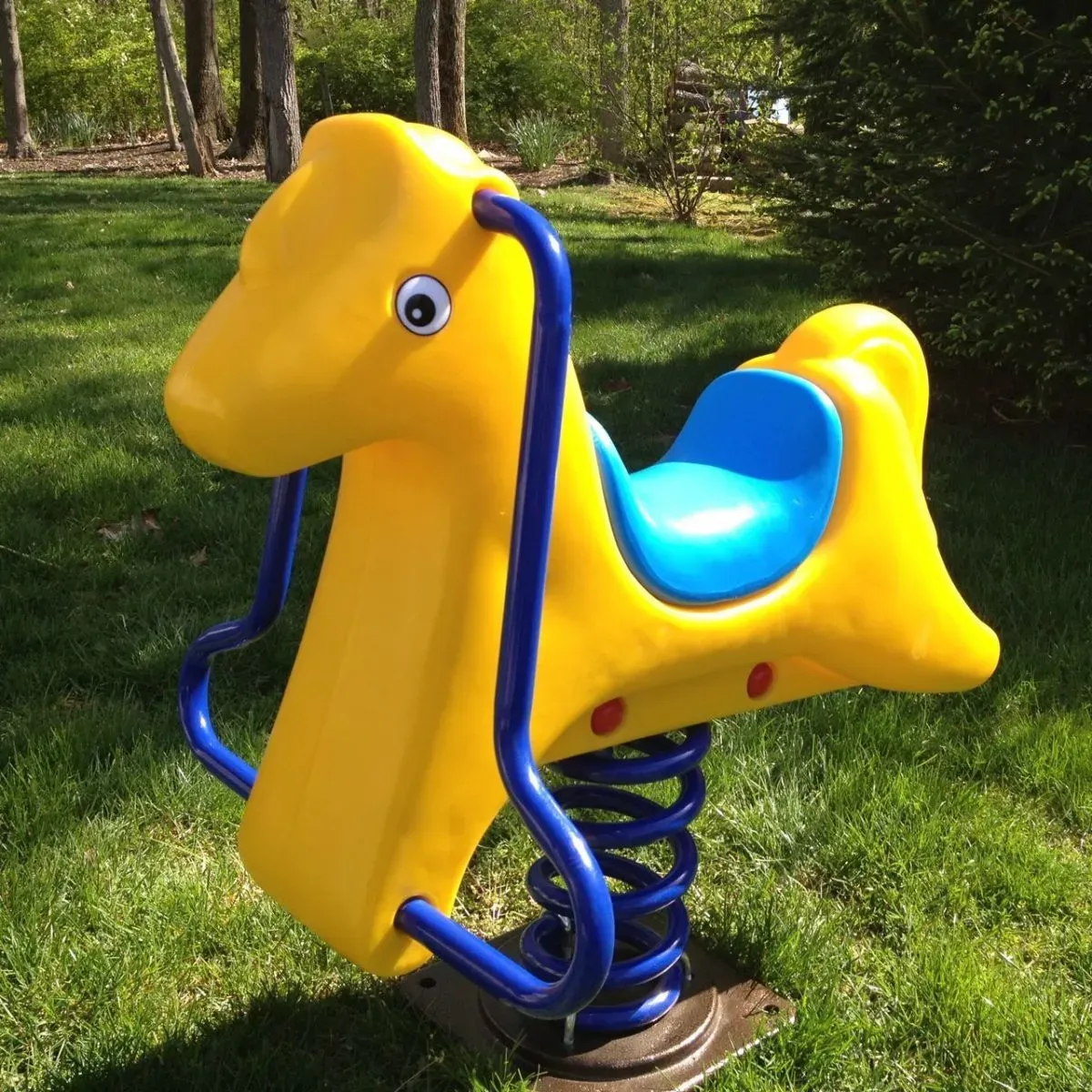
Picking the Perfect Commercial Playground Equipment Spring Riders
Assessing Your Needs and Space
Alright, so you're sold on the idea of adding commercial playground equipment spring riders. Great choice. Now comes the slightly less thrilling but totally necessary part: figuring out what you actually need. Before you get swept away by the cute animal designs (and trust me, there are many), take a hard look at your site. How much space do you have? Remember, these things need safety surfacing around them, not just the footprint of the rider itself. Are you replacing old equipment, or is this a brand new addition? Consider the age range of the kids who will be using the playground most often. A tiny tot spring rider isn't going to cut it for a bunch of energetic ten-year-olds, and vice-versa. Think about accessibility too; some riders are designed specifically for children with disabilities, which is a crucial consideration for any public space.
Don't just guess. Measure your available area. Check local regulations for playground equipment spacing and safety surfacing requirements – they vary and can seriously impact how many units you can fit and where. Are there any existing structures or obstacles you need to work around? Slopes? Drainage issues? All these boring logistical details matter way more than whether you prefer a whale or a motorcycle. Getting this assessment right upfront saves you a heap of headaches (and potentially wasted money) down the line when you're installing your commercial playground equipment spring riders.
Materials, Durability, and Age Appropriateness
Once you know the practical constraints, you can start looking at the actual commercial playground equipment spring riders. This isn't the time to cheap out. You're buying for a public space, which means heavy use and exposure to the elements. Look for riders made from high-quality, rotationally molded plastic or durable, coated metal. The springs themselves should be heavy-gauge steel, preferably with a corrosion-resistant finish. Check the weight capacity and the manufacturer's recommended age range. Trying to squeeze more years out of a rider by letting older kids use it is a recipe for premature wear and potential safety issues. A rider designed for 2-5 year olds simply isn't built to handle the force a 7-year-old can generate.
Consider the local climate. Does it get brutally hot, freezing cold, or dumped on with rain or snow? The materials need to withstand those conditions without cracking, fading excessively, or becoming dangerously slippery. Ask about warranties – a good manufacturer stands behind their product. Don't be afraid to ask for spec sheets and material details. This isn't like buying a toy for your backyard; these commercial playground equipment spring riders are going into a public trust, and durability is key to avoiding constant repairs or early replacement. It's about making a smart, long-term investment.
When selecting your riders, keep these points in mind:
- Match rider size and weight capacity to the target age group.
- Verify materials are UV-resistant, weather-proof, and durable.
- Check spring quality and corrosion resistance.
- Confirm compliance with current safety standards (more on this later).
- Evaluate ease of maintenance and availability of replacement parts.
- Consider inclusive options for children with varying abilities.
Making the Grade: Safety Standards for Commercial Playground Equipment Spring Riders
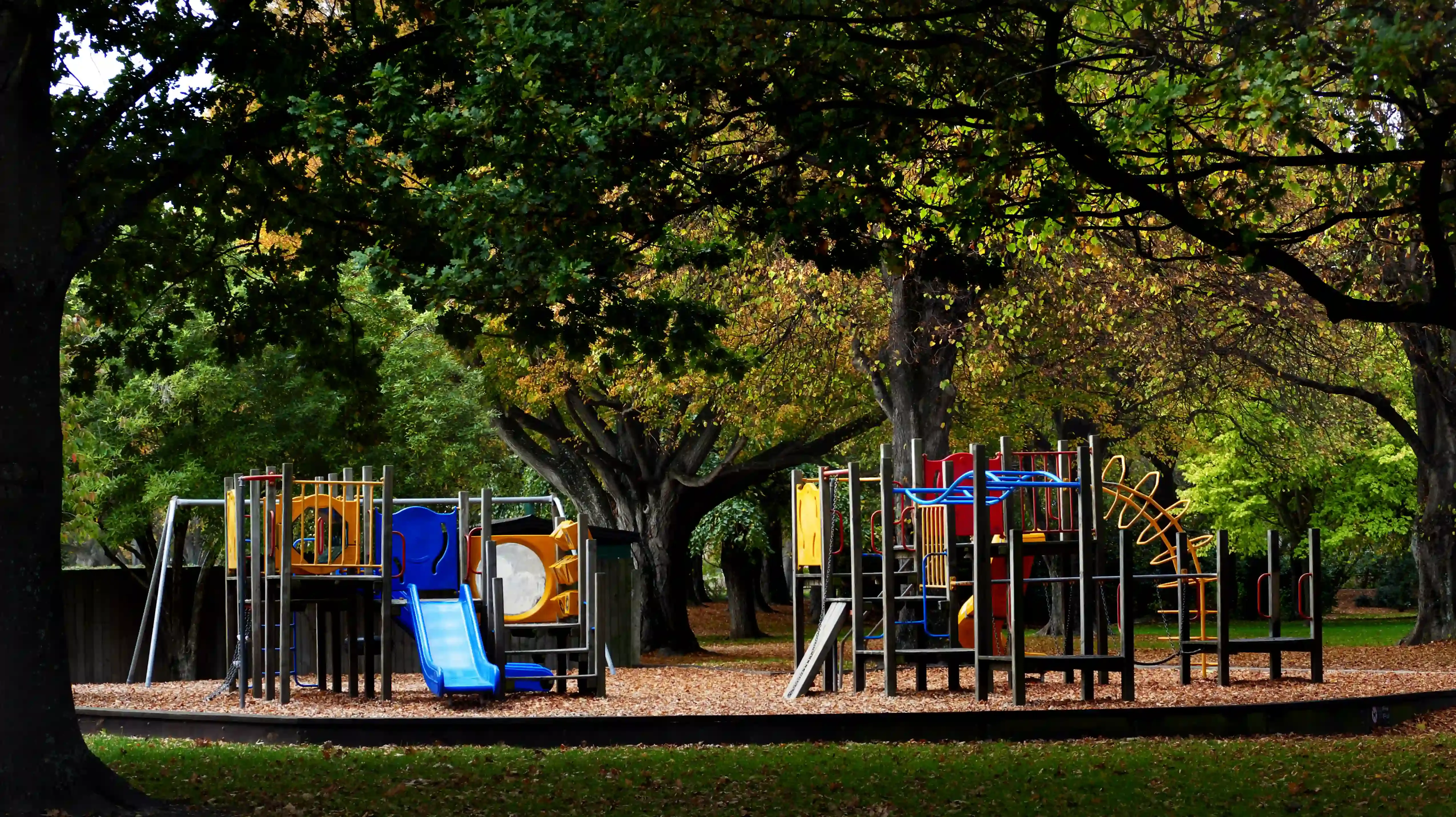
Making the Grade: Safety Standards for Commercial Playground Equipment Spring Riders
Why Standards Aren't Just Bureaucracy
Look, nobody gets excited reading about safety standards. It feels like homework. But when you're dealing with commercial playground equipment spring riders, these aren't just suggestions; they're non-negotiable rules written in the blood of past playground accidents. We're talking about ASTM F1487 (the standard for playground equipment) and the CPSC (Consumer Product Safety Commission) guidelines. Ignoring these is like building a bridge without checking the stress load – eventually, something bad is going to happen. These standards cover everything from the materials used to the spacing required around the rider, ensuring the equipment itself is built safely and installed in a way that minimizes risk.
Think of it as the blueprint for preventing scraped knees, broken bones, or worse. They dictate things like how far the rider can move, the size and placement of handholds and footrests to prevent entrapment, and the minimum thickness and type of safety surfacing needed underneath and around the unit. A manufacturer might make a cool-looking rhino rider, but if it doesn't meet these specs, it's not fit for public consumption. Period. Compliance isn't optional; it's foundational.
Key Safety Features to Look For
Beyond the overall standards, specific features on commercial playground equipment spring riders scream "safe" or whisper "problem waiting to happen." Check for any potential pinch points where fingers or clothing could get caught as the spring compresses or the rider moves. Look for secure, non-slip handholds that little hands can easily grip. Footrests should be sturdy and large enough to prevent feet from slipping off during vigorous bouncing. The spring itself should be securely attached at both ends with hardware that isn't easily loosened or tampered with.
Also, consider the transition from the rider to the safety surface. There shouldn't be any tripping hazards or sharp edges. Some newer designs incorporate features that limit the maximum range of motion, reducing the risk of a child being thrown off. It’s the small details, often overlooked in the flashier aspects of the design, that make a huge difference in preventing injuries during typical (and sometimes not-so-typical) play patterns kids exhibit on commercial playground equipment spring riders.
What should you specifically check before buying?
- Are there any pinch or crush points?
- Are handholds and footrests secure and appropriately sized?
- Is the spring attachment tamper-proof and robust?
- Does the rider have a stable base and controlled range of motion?
- Is the hardware recessed or smooth to avoid snags?
- Does the design prevent head or limb entrapment?
Installation and Ongoing Inspection
Even the safest commercial playground equipment spring rider can become a hazard if not installed correctly. The base must be anchored firmly into the ground according to the manufacturer's instructions and local codes. The safety surfacing around the rider – whether it's mulch, sand, rubber tiles, or poured-in-place material – must be installed at the correct depth and extend far enough out from the rider as specified by standards. This is the critical impact absorption zone, and inadequate surfacing is a leading cause of playground injuries.
Installation isn't a one-and-done deal. Once your commercial playground equipment spring riders are in, they need regular inspection. Springs can fatigue or rust, bolts can loosen, and the rider itself can show signs of wear and tear. Safety surfacing needs to be maintained – raked level, topped off if it's loose fill, or checked for damage if it's unitary material. A proactive inspection schedule catches small issues before they become big, dangerous problems. Think of it as getting the oil changed on your car; skipping it is asking for trouble down the road.
Getting Them Installed: Your Commercial Playground Equipment Spring Riders
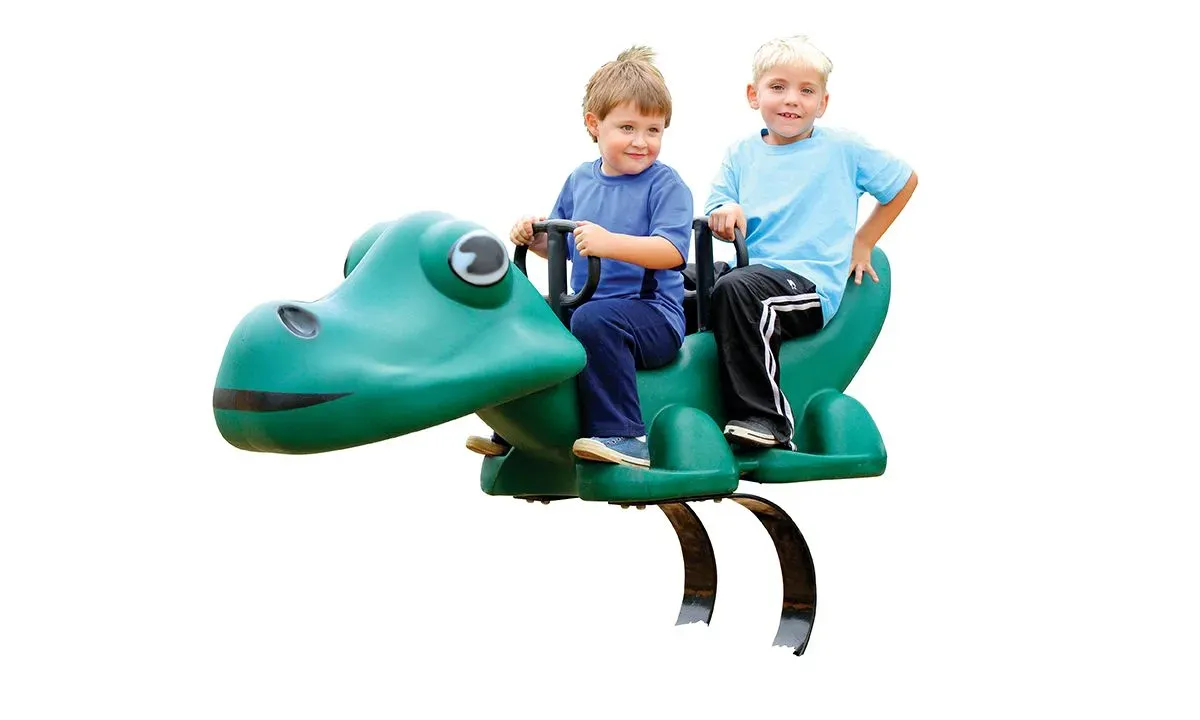
Getting Them Installed: Your Commercial Playground Equipment Spring Riders
Prep Work: More Than Just Digging a Hole
you've picked your commercial playground equipment spring riders, they've arrived, and now they're sitting there, looking eager to be bounced on. Hold up. Before you grab a shovel, you need to get the site ready. This isn't just about making space; it's about ensuring a safe and stable foundation. First, mark out the exact location for each rider, keeping in mind the required safety fall zone around it. This zone is crucial – it's the area where a child might fall and needs protective surfacing. Clear the area of any rocks, roots, or debris. You might need to level the ground, depending on your site. Proper drainage is also key; you don't want your brand new commercial playground equipment spring riders sitting in a puddle after every rainstorm, which can damage the base and the surfacing.
Think of this stage like building a house foundation. If you rush it or cut corners, the whole structure is compromised. Verify your measurements against the manufacturer's installation instructions and the safety standards we talked about earlier. Have your safety surfacing material ready to go. Whether it's engineered wood fiber, rubber mulch, or poured-in-place, it needs to be installed correctly and at the specified depth *after* the riders are anchored. Getting the prep work right prevents headaches down the line and ensures your commercial playground equipment spring riders are installed safely and securely from day one.
Anchoring and Surfacing: The Critical Steps
Now comes the actual installation of your commercial playground equipment spring riders. This step is non-negotiable: follow the manufacturer's instructions *precisely*. They designed the anchoring system for a reason. For most riders, this involves digging a hole, setting the anchor base in concrete, and then attaching the spring and rider. The concrete needs adequate time to cure before anyone even thinks about letting a kid near it. Trying to rush this will compromise the stability and safety of the unit. Once the anchor is solid, you attach the spring and the rider itself, ensuring all bolts and fasteners are tightened correctly.
Immediately after the rider is installed and secured, you install the safety surfacing within the designated fall zone. This material must meet the critical fall height requirements for the specific rider. Rake loose fill materials like mulch or sand to the correct, consistent depth, ensuring it extends far enough beyond the rider's maximum reach. For unitary surfaces, ensure it's installed smoothly with no gaps or edges. This two-part process – secure anchoring followed by proper surfacing – creates the necessary safety envelope around your commercial playground equipment spring riders, turning them from potential hazards into safe play features.
Here’s a quick checklist for installation day:
- Confirm site is level and clear of debris.
- Mark and excavate for anchors according to specs.
- Use the correct concrete mix and curing time for anchors.
- Securely attach spring and rider to the anchor base.
- Ensure all fasteners are tightened and covered if necessary.
- Install safety surfacing at the required depth and coverage area.
- Perform a final visual inspection for any hazards or loose parts.
Keeping Your Commercial Playground Equipment Spring Riders in Top Shape
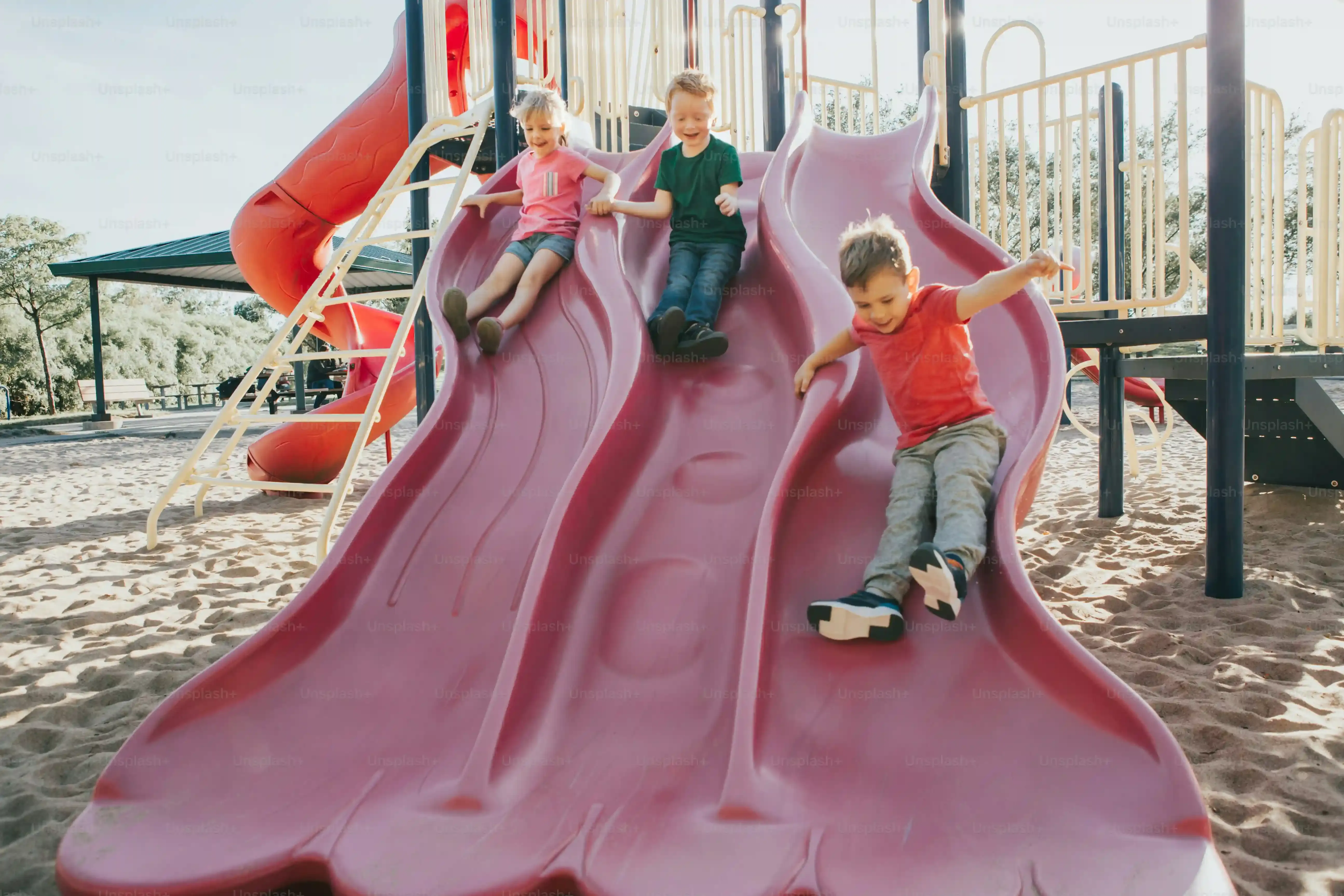
Keeping Your Commercial Playground Equipment Spring Riders in Top Shape
Routine Checks: Don't Be That Guy
you've done the hard work: picked the right commercial playground equipment spring riders, got them installed perfectly. Now comes the part that separates the pros from the folks who end up with rusty, sad-looking rhinos a year later: maintenance. Think of it like owning a car. You wouldn't just drive it until something major breaks, right? You check the oil, tire pressure, maybe wash it occasionally. Playground equipment needs the same kind of love, especially something with moving parts like commercial playground equipment spring riders.
Establish a regular inspection schedule. This isn't a once-a-year thing. Depending on how much use your playground gets, you might need to do a quick visual sweep weekly and a more thorough check monthly. What are you looking for? Loose bolts, cracked plastic, worn paint (especially on metal parts), or anything that just looks... wrong. Pay close attention to the spring itself and its attachment points. A failing spring isn't just a bummer; it's a serious safety hazard. Catching these small issues early is way easier (and cheaper) than fixing them after they've caused a problem or, worse, an injury. It’s diligence, not drudgery.
Addressing Wear and Tear Promptly
Despite being built tough, commercial playground equipment spring riders aren't indestructible. Parts will wear out. Plastic might fade or develop hairline cracks. The paint on metal might chip, exposing the material to rust. The spring will eventually lose some of its bounce or show signs of fatigue. When you spot these issues during your routine checks, don't put it off. A small crack can turn into a big break surprisingly fast under constant use. Loose bolts can lead to wobbly, unstable riders.
Have a plan for repairs or replacement. Know where to get parts for your specific commercial playground equipment spring riders. Sometimes you can just replace a bolt or touch up paint. Other times, if the damage is significant, like a major crack in the seat or a compromised spring, you need to take the rider out of service immediately until it's fixed or replaced. Posting a "Do Not Use" sign isn't overkill; it's necessary liability protection and, more importantly, protects the kids. Ignoring wear isn't saving money; it's guaranteeing a bigger repair bill or a premature replacement down the road.
Here’s what your regular inspection checklist should cover:
- Check all bolts and fasteners for tightness.
- Inspect the spring for rust, deformation, or cracks.
- Examine the rider body (plastic/metal) for cracks, fading, or sharp edges.
- Verify handholds and footrests are secure and not worn smooth.
- Check the ground anchor area for stability; no wobbling at the base.
- Ensure the safety surfacing around the rider is adequate and level.
- Look for any signs of vandalism or tampering.
Don't Forget the Ground Beneath Their Feet
Maintenance for commercial playground equipment spring riders doesn't stop with the rider itself. The safety surfacing surrounding it is arguably just as critical. If you have loose fill material like engineered wood fiber or rubber mulch, it needs regular raking to keep it level and consistent, especially in the high-traffic areas right around the rider. You also need to check the depth periodically. Over time, material gets dispersed or compacted, and you'll need to top it off to maintain the required fall protection depth. An inadequate cushion underneath negates all the safety features of the rider itself.
For unitary surfaces like rubber tiles or poured-in-place material, inspect for seams lifting, cracks, tears, or areas where the material is peeling away from the base. These aren't just aesthetic problems; they're tripping hazards. Any damage to the safety surfacing around your commercial playground equipment spring riders needs immediate attention. Repair or replace the affected section to maintain a continuous, impact-absorbing surface. A perfect rider on a terrible surface is still a hazard, plain and simple.
More Bounce for Your Buck: Wrapping Up Spring Rider Selection
So there you have it. Commercial playground equipment spring riders might not be the flashiest things on the block, but they offer reliable fun and can handle a serious beating if you pick the right ones and treat them well. We've looked at why they're still relevant, the nitty-gritty of choosing wisely, the non-negotiable safety stuff, getting them in the ground properly, and keeping them going. Skip the cheap imitations that look good for five minutes and invest in quality that lasts. Kids will keep bouncing, and you won't be dealing with repairs or replacements every season. It's about providing simple, enduring joy without the headaches, proving sometimes, the classics really are the best bet.